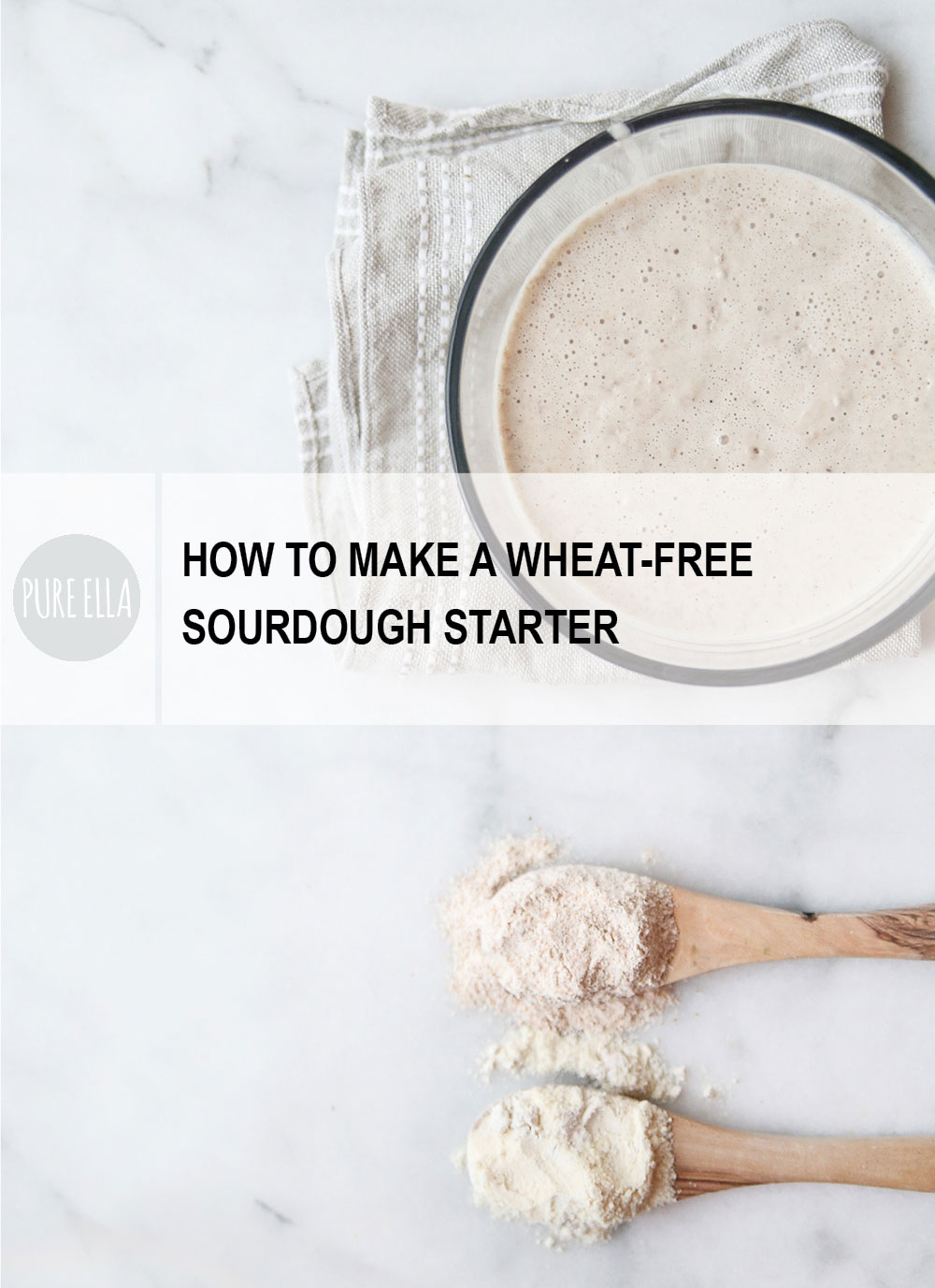
My life changed forever when I baked my first sourdough bread.
I once thought this was a crazy waste of time and now cannot see a day without home-baked bread.
Our bread is delicious, hearty, nourishing and joy to make with your own two hands. And it’s easier than you think.
Maybe this could be the day YOU start your own bread-baking successes?
But first, you need a starter. So let’s get started.
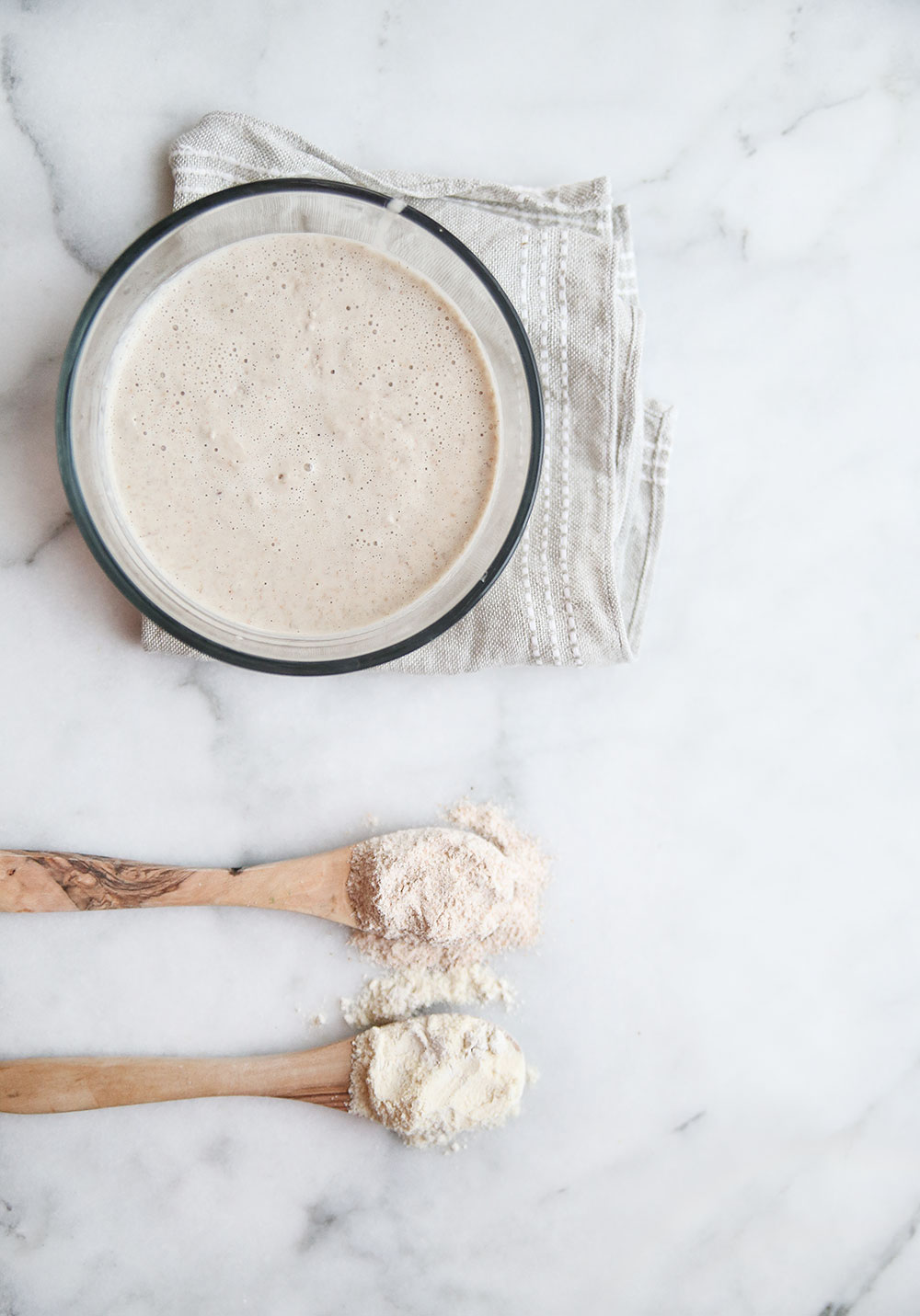
This is a wheat-free yeast-free recipe using either spelt or rye flour. I will be sharing a gluten-free bread recipe later on as I still perfect it.
Recipe for a wheat-free sourdough starter :
Ingredients :
rye flour* (unbleached or organic) + extra (3 tablespoons to start + feed daily)
lukewarm water (4 tablespoons to start + feed daily)
note : you need rye flour to activate the natural yeast, (but once you activate the natural yeast you can add spelt and oat flour, equal amounts to rye) to the starter and later your bread.
Directions :
- In large mason jar or glass bowl mix about 3 tablespoons the flour with 4 tablespoons of warm filtered water, cover with a dish towel or cheesecloth so it can breathe and set aside in in a warm place in the kitchen or home.
- Feed the starter the next day with another 3 tablespoons of flour with 4 tablespoons of warm water and mix with a wooden or silicone spoon (not metal).
- Do this for 3 days and then store it in the refrigerator for the nights after that.
- Keep feeding it in the morning and letting it sit at room temperature.
- Do this for about 4-6 days. You should start seeing bubbles form on top.
- Then you can bake a Sourdough Bread with this recipe.
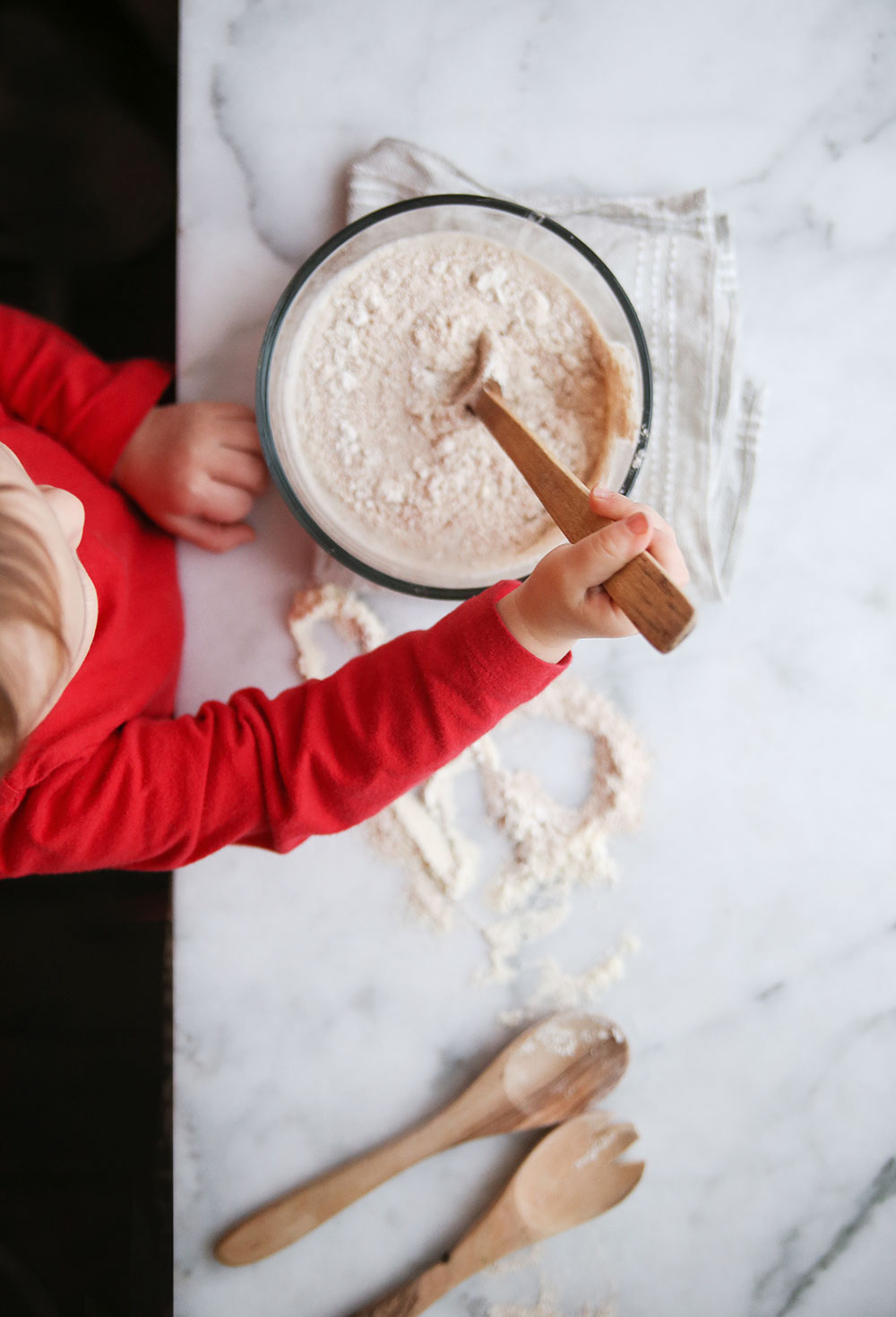
Yes, this my friends, is a 4-6 day process! You need to let the flour ferment in order to activate its natural yeast. This takes time BUT very little work on your part. Honestly – it only requires about 2 minutes of your time daily – the rest it does on its own just growing away (kind of like a house plant) :)
You can make your own starter from scratch or be on the lookout for sourdough bakers in your family or circle of friends – and you can ask for some of their starter. (makes the best gift)
The starter I use is over 20 years old – it simply keeps being fed with more flour and 1/2 of it always gets used up in a new loaf of bread about twice a week while the other stays and grows for your next loaf.
I will share my bread recipe next week so for now just focus on your starter! Give it some warmth and love and flour to feed on and it will make
So that’s essentially it! However you need a few pointers for a successful starter.
Tips to make a successful sourdough starter :
Starters like a warm environment, around 23-28 degrees celsius. If your home isn’t as warm find a spot near the stove or the side of the fridge where there is consistent warmth. (You can also turn on your oven to a minimum temperature and place the starter in – then turn off the oven so it remains warm for a bit. After a couple of hours turn it on again, then off… etc.)
You don’t need consistent warmth for the entire day. So if you leave for work and aren’t home until the evening – your starter can sit for example on the counter by the fridge even if the room temperature is cooler than this 23 degrees. (our home is usually set for 21).
Use a glass jar or bowl. (do not use metal to store or mix the starter).
Don’t seal the top but only cover with a dish towel so that air still gets in so it can breathe. (my bowl has a cracked plastic lid so it’s perfect ;))
Place the starter in the refrigerator for the night.
Feed it in the morning, stir throughly and leave out at room temperature all day.
The consistency is that of a heavy cream and it has a slight sour smell (hence the name sourdough)
It will bubble when it’s fed and happy.
In 4 to 6 days it will be ready to bake into a loaf of bread.
It will be ready on day 4 but if you don’t bake with it, it will still be fresh and happy for another couple of days.
I will see you on the next post with the actual bread recipe! Good luck with your sourdough starter!
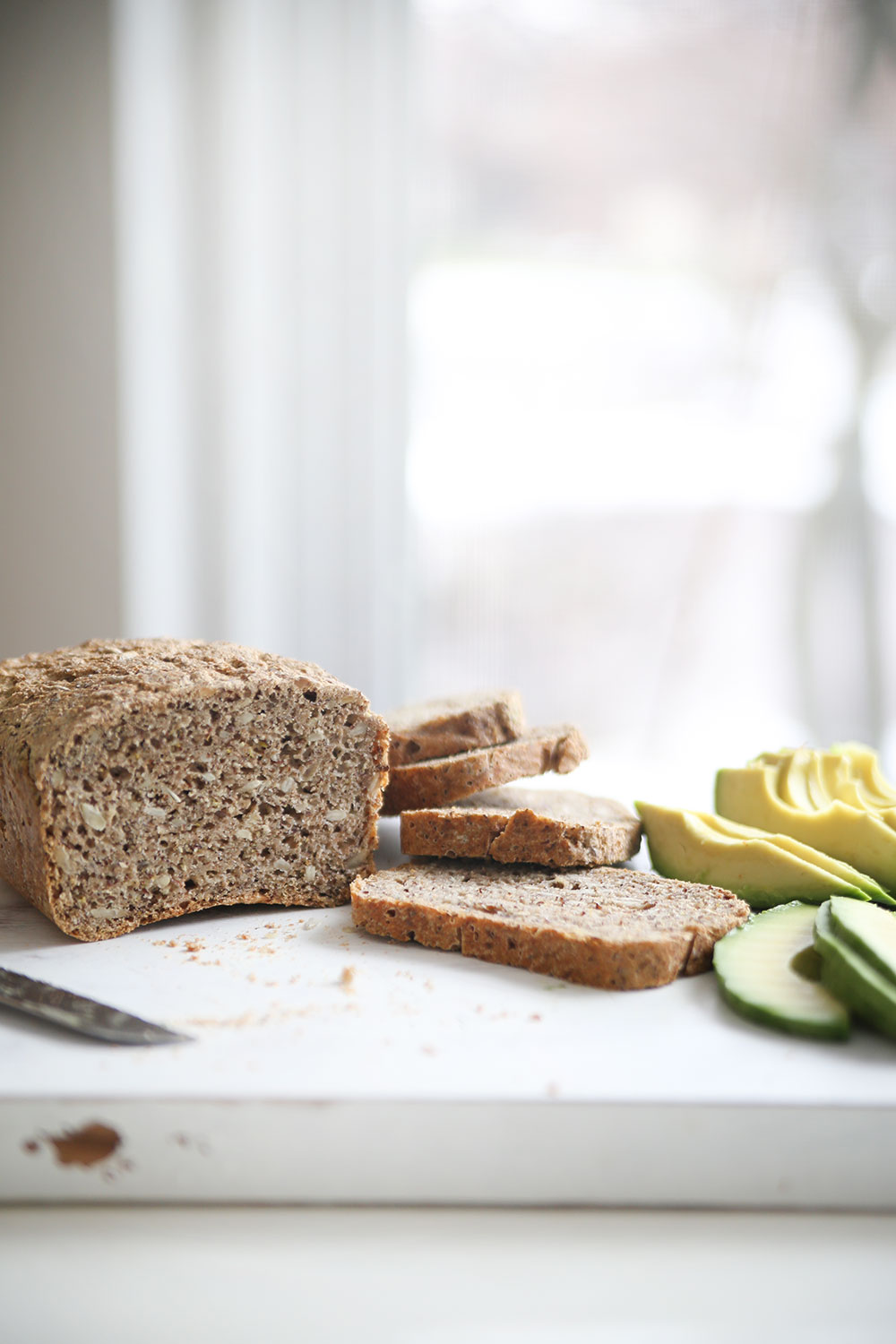
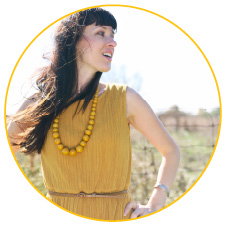 Ella Leché is a cookbook author (‘Cut the Sugar‘), recipe developer, and photographer/stylist behind Pure Ella; where she shares delicious and healthy recipes. Eating PURE is clean ingredients, whole foods, plant-based nourishment and delicious desserts – with quality ingredients and sweeteners so they’re treats with benefits so you won’t have to feel deprived or restricted to eat healthier.
Ella Leché is a cookbook author (‘Cut the Sugar‘), recipe developer, and photographer/stylist behind Pure Ella; where she shares delicious and healthy recipes. Eating PURE is clean ingredients, whole foods, plant-based nourishment and delicious desserts – with quality ingredients and sweeteners so they’re treats with benefits so you won’t have to feel deprived or restricted to eat healthier.Thank YOU for being here!
Follow on social media for daily health & happiness inspiration:
Instagram | Facebook | Pinterest | Twitter
 ps. don’t forget to share your Pure Ella (PE) recipe creations by tagging them #pureella and @pure_ella on Instagram – we repost our favourite photos!
ps. don’t forget to share your Pure Ella (PE) recipe creations by tagging them #pureella and @pure_ella on Instagram – we repost our favourite photos!

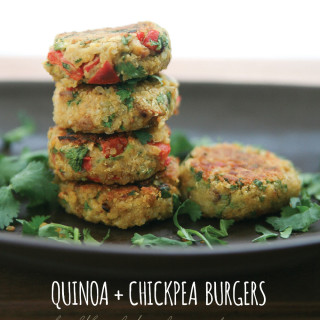
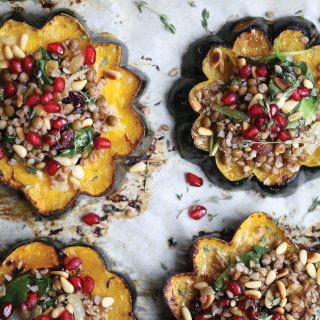

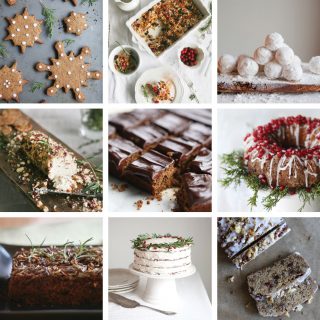
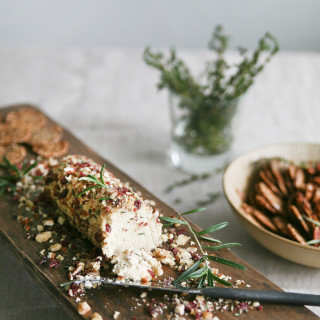
I’m anxiously awaiting your gluten-free version! Have a lovely day…
Hi I’m day three into my starter and it smells awful.. Slightly of sick, and there was a green colour beneath the upper bubbly surface. Has it gone wrong?!
Hi Sophie,
Something went wrong and unfortunately it’s just best to start over again.
Here are a few pointers :
Keep an eye on the way it behaves.
Did it bubble at all?
I have a feeling that it was too warm and it needed more feeding.
Next time I would feed it more often 2-3 times a day and keep it only for about an hour during feeding at room temperature and then put it back in the fridge.
You don’t need to feed it at equal intervals so if you work for example, just feed it in the morning, then when you’re back home and then one more time before you go to bed.
I hope this helps.
Let me know how it goes for you.
xo ella
Sophie, BUT before you throw this one away, please keep in mind that a sour smell is normal.
You say beneath the bubble surface – that means it’s working!! :)
Also, discoloration also can be normal. I would feed it one more time and see it perks up – should bubble – that’s when it’s happy. Use lukewarm water and keep it for about an hour at room temperature covered with a kitchen towel.
Let me know if this helps.
Keep me in the loop :) xo
Ella,
I’m failing miserably at making a starter! I’ve tried twice now. The first time the water to flour ratio seemed off. It was bubbling slightly but then got hard around day 4 and stopped bubbling. I also smelled very strange, not just sour. I threw out that batch and started again. This time I started weighing out the amounts of water and flour. This seemed to work better; lots of bubbles. I also was feeding it in the morning and evening occasionally. Then, on day four the top had a crust and there was mold on top!! I had a fit…so close! I had been leaving it in my oven with the light on. I never had put it in fridge at night to rest. Is that necessary? I’m getting discouraged and I really want to make your bread recipe. Maybe you would consider sending me part of your starter…a Valentine’s day gesture ;-)
Hi Jess,
Bummer that it wasn’t going well for you….
May I ask what flour you used. Because I used rye and I have a feeling you may have used spelt.
I originally thought these flours were interchangeable and although they work in most recipes – it appears that spelt flour does not like being in sourdough.
I hope you can try again with rye and you’ll see it will be a huge success! :)
And no need to keep it in the fridge until it’s done and growing well (around day 4) and that’s already when you can bake the bread.
If this should not work I swear I will travel out to you with a jar of starter!! Just one more try though please :)
Also, it appears that the starter really loves rye the most (or wheat) but once it’s growing well and once you bake bread with it, you can mix flours at that point.
My breads are usually a mix of 3 flours : rye, oat and spelt.
Please let me know how it goes! :)
Sending good vibes!! xoxo ella
I was definitely using all spelt flour! I purchased rye flour this weekend (I’ve never used it before) and I’m going to try it again! Wish me luck. I’m keeping my fingers crossed I’ll be able to have a freshly baked loaf by this weekend! Thank you for your guidance! I’ll keep you updated!!
Hi Jess! :)
Ok, great!! I’m so happy you’re giving it another try.
Sorry if my explanation was confusing when I read that again I had a feeling you would have used spelt. Sorry about that.
I rewrote that portion and hopefully removed the confusion.
You can still add spelt (or oat flour is great too) into the starter but you need the rye there to activate the natural yeast.
I like adding oat flour too because it lowers the gluten level. It’s still not a gluten-free bread so not for Celiacs. But for wheat or small gluten sensitivities – it works great.
All the best to you!!! I am sure it will be a hit! :)
If you need anymore advice, let me know.
Also, make sure you read the bread recipe post and prep with the right pan and parchment paper :)
https://pureella.com/how-to-bake-the-perfect-wheat-free-sourdough-bread/
xox ella
Thank you – I have a sourdough starter but I was wondering how I turn it to a wholemeal or spelt starter. I can now try my hand at spelt sourdough – I’m a happy lady now :) Oh, I had to pin immediately x